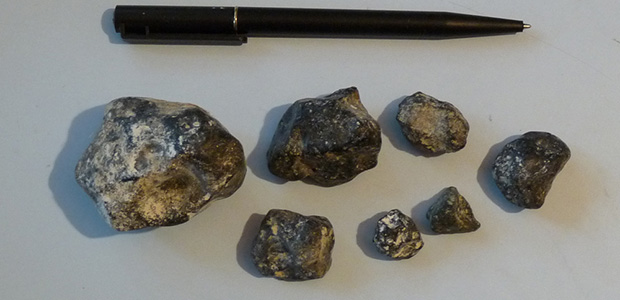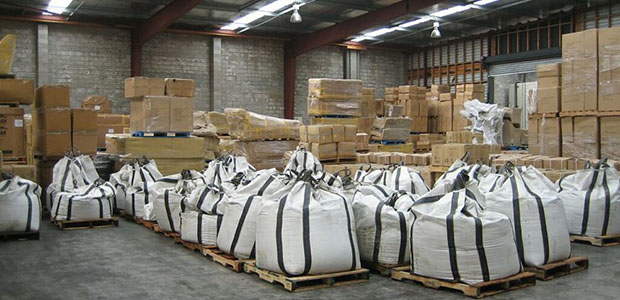* – This article has been archived and is no longer updated by our editorial team –
Below is our recent interview with Chris Castle, Chief Executive Officer at Chatham Rock Phosphate Limited:
Q: Could you provide our readers with a brief introduction to Chatham Rock Phosphate?
A: Chatham Rock Phosphate (CRP) intends to be the premier supplier of direct application (organic) phosphate to the NZ and global agricultural sector.
Currently much of the global supply of phosphate comes from the Western Sahara, where unethical, unsustainable mining practices deliver a product with many environmental impacts for users including poor water quality outcomes and high residual cadmium levels in soils.
The benefits of CRP’s direct application product for the agricultural industry are profound, including improved soil health and water quality, reduction in heavy metal accumulation and better catchment management outcomes.
Our objectives remain to:
1. Achieve consent of the Chatham Rise project and develop the asset
2. Diversify our product mix to include other phosphate resources
3. Maintain our involvement at the forefront of the marine minerals sector to leverage our expertise as a project pioneer
4. Develop CRP’s product pathway for the agricultural and retail sectors
5. Research and develop the business case for the extraction of rare earths as a by-product of phosphate production.
Q: How much rock phosphate is out there?
A: The mining permit area is 450 km east of Christchurch, at a depth of around 400 metres on the Chatham Rise and in New Zealand territory. Estimated reserves are 23.4 million tonnes. Mining is scheduled to commence two years after obtaining Marine Consent.
CRP’s mining permit assumes an initial mine life of 15 years. CRP anticipates further sampling during this initial mining phase will quantify the extent of additional mineable reserves within the mining permit area.
Q: How did it form?
A: The nodules formed about 5 million years ago in a multi stage process that included phosphatisation of the limestone seabed and its subsequent fragmentation into nodules. The surrounding sediment is the eroded remains of limestones and chalks which are 10 to 20 million years old.
 Recommended: Bynder – Branding Automation, Designed To Build, Manage And Scale Brands Globally
Recommended: Bynder – Branding Automation, Designed To Build, Manage And Scale Brands Globally
Q: The Government is promising a noticeable improvement in water quality. How does that affect Chatham Rock Phosphate?
A: As our rock phosphate fertiliser, when applied directly to the soil, results in 85% less phosphate run-off into waterways compared with manufactured fertilisers, the demand for our product will inevitably increase. This will be a natural consequence of greater regulation and restriction of manufactured fertilisers.
Q: Can you provide some real world use-cases of rare earths?
A: These include electric cars, TV and computer screens, camera lenses, etc etc. They are widely used in almost all of the high tech gadgets we now take for granted. See attached schedule.
 Recommended: Powered Now Aims To Revolutionize The Construction Industry And Help Small Businesses Get Their Paperwork Together
Recommended: Powered Now Aims To Revolutionize The Construction Industry And Help Small Businesses Get Their Paperwork Together
Q: What are your plans for the future?
A: To continue to raise capital, apply for and gain an environmental permit, go into production and use the cash flows from that to build an international rock phosphate business mining other boutique phosphate deposits around the world that we have already identified.
Activate Social Media:


